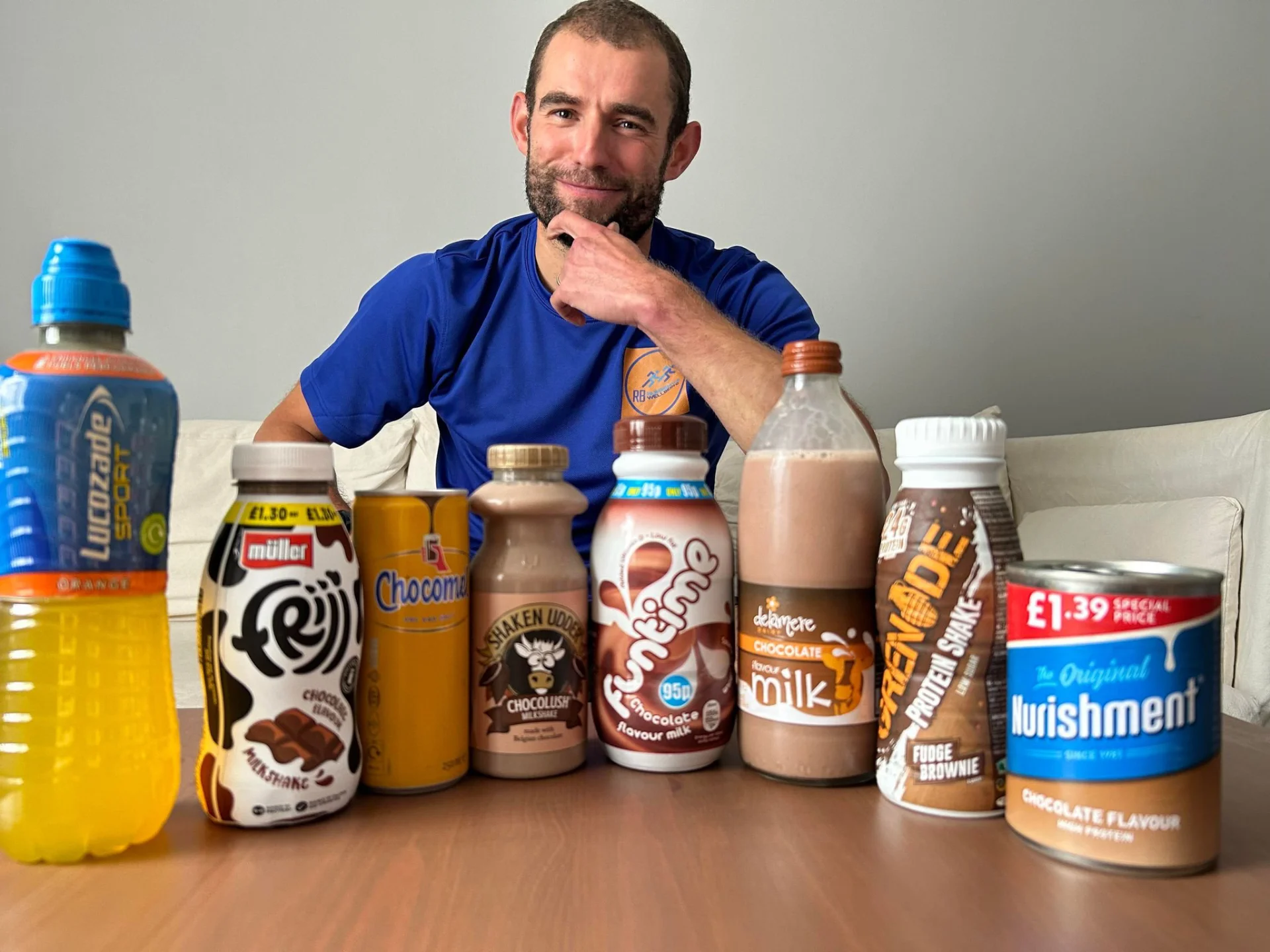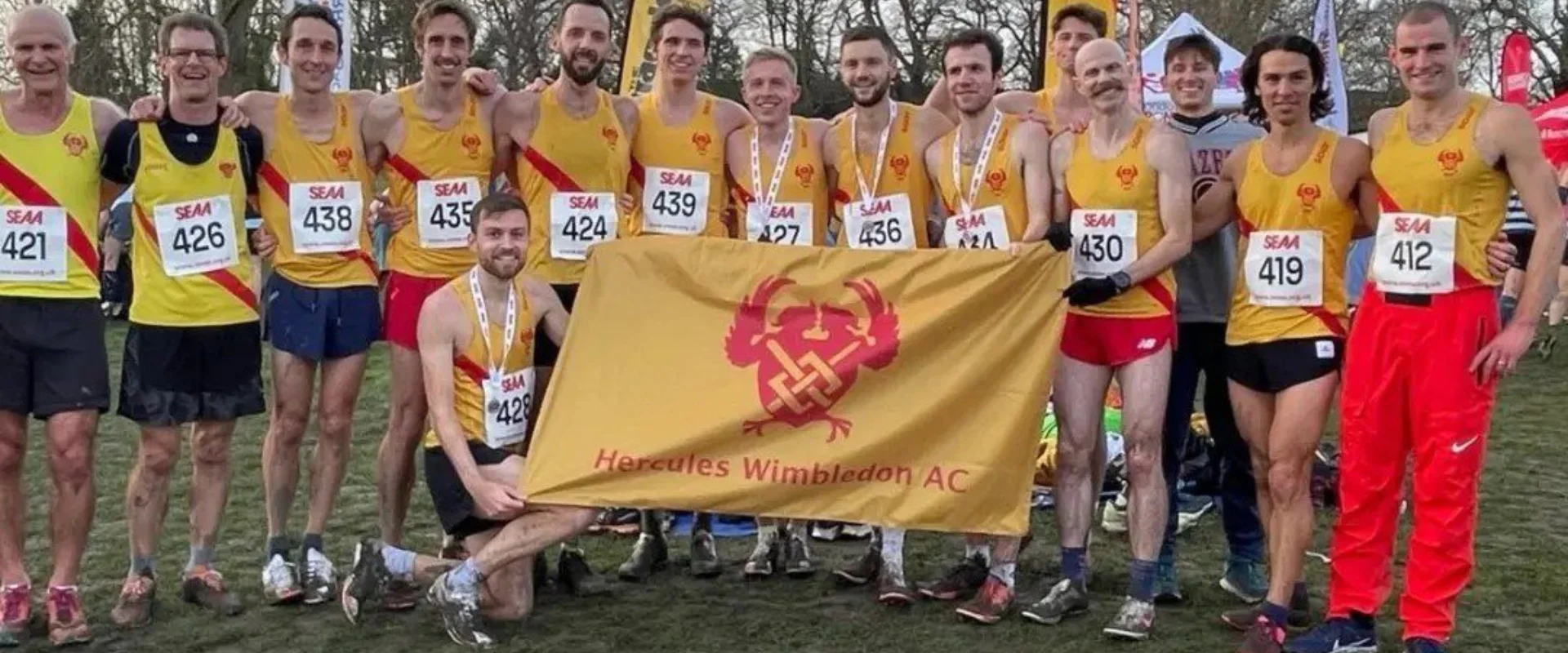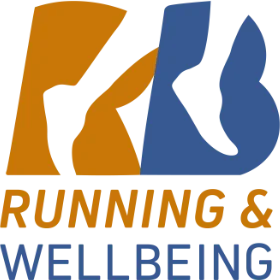TRAINING HUB
Welcome to the Training Hub
This is your go-to space for practical advice, expert guidance and everyday tools to help you become a stronger, more confident runner.
Whether you’re after strength and conditioning workouts, running terms explained in plain English, or deeper dives into mindset and nutrition — it’s all here, ready when you are.
RUNNING TERMS, EXPLAINED
Pacing and Effort
Your go-to questions about pacing and effort.
Training Structure
Your go-to questions about training structure.
Fitness & Physiology
Your go-to questions about fitness & physiology
Technique & Gear
Your go-to questions about technique and gear.
TRAINING INSIGHTS
CLIENT REVIEWS
“Thank you Rhys! I ran the Edinburgh Marathon in 4h 46m 56s and I smashed my target of a sub 5 hour marathon. I took 20 minutes off my Brighton marathon time!! Now you may think that is not so amazing BUT, I had never been able to run distance even as a child and only began aiming for 5k 11 years ago! Also, I am 61 in a few days!! Conditions were not ideal: it was a super wet start to the race , dry in the middle and a torrential finish, a lot of runners were walking and it was hard to get round them. Rhys developed a personal training plan for my Edinburgh Marathon, to fit in with my busy schedule and the other workouts I like to do. Rhys gave me lots of great tips for fuelling and nutrition, as a result I did not lose energy in the race nor get cramp. I am absolutely delighted with my result .”
“Started working with Rhys shortly after having my first child. I had lost the enjoyment in my running and was really struggling for consistency. Rhys was brilliant from start to finish. Rhys really listens and adapts the plan to your needs as well as bringing the wealth of experience he has from being such a great runner himself. I managed to get my 2.41 marathon pb hitting about 80k mileage a week at its max, which is a prime example of how Rhys really built the plan around my life (my friends doing similar times were doing far higher miles but Rhys really focuses on quality, not just quantity). The best feedback that I could give is I am about to start my second plan and am loving running again! Would recommend Rhys to anyone who wants to improve their running and well being.”
“I can’t recommend Coach Rhys highly enough. His coaching style strikes the perfect balance between encouragement and challenge, helping me push beyond what I thought I was capable of.Rhys took the time to understand my goals and build a plan around them – and the results speak for themselves. With his guidance, I achieved a 14-minute marathon PB, his structured training, smart pacing advice, and unwavering support made all the difference, especially on race day.
Since working with Rhys, I’ve seen a big improvement in both my performance and mindset. He’s not just helped me become a better runner – he’s helped me enjoy the process more, too. TOP TOP Coach!!”
“I would definitely recommend Rhys as a running coach. Thanks to his personalised training plan, I ran a marathon in 2:49, and also set new PB in both the 10k and park run. The plan was well structured, progressive and accommodated my individual needs and goals. He was able to adapt my plan at short notice if I couldn’t make a running session due to work/life commitments. Pricing is very reasonable for the quality of coaching and results delivered. If you’re looking for someone with extensive knowledge, then give him a message.”










